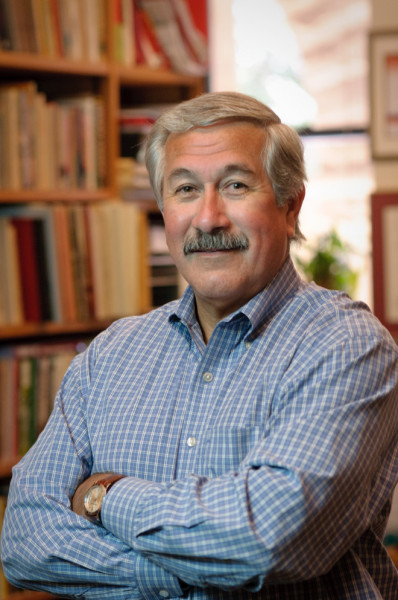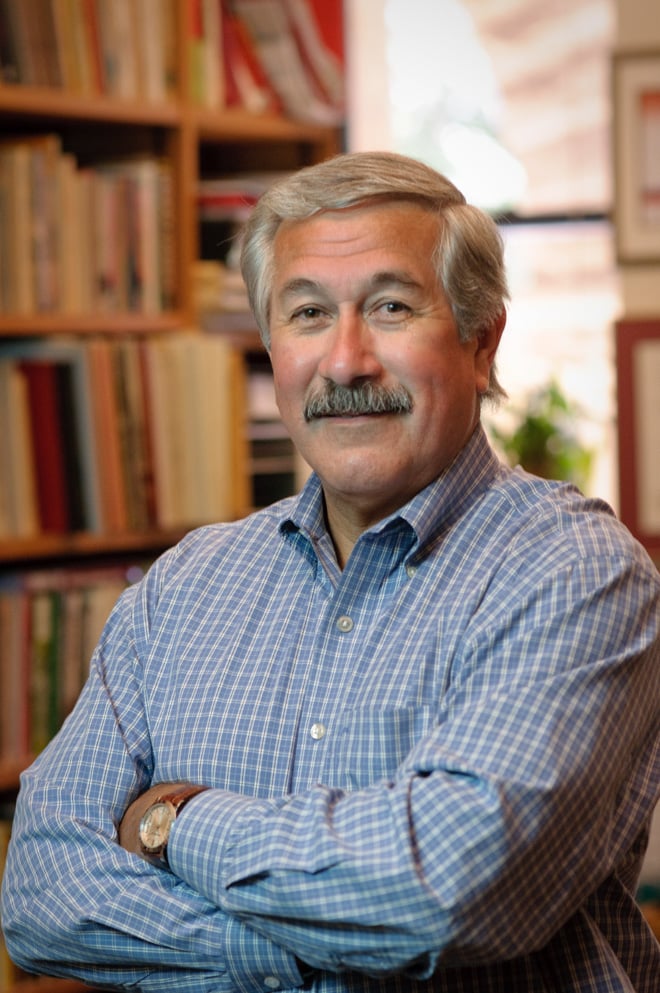
Albert Camarillo, professor of American history, was the founding director of the Center for Comparative Studies in Race and Ethnicity (CCSRE) in 1996. A member of the History Department since 1975, Camarillo was also the founding director of the Stanford Center for Chicano Research from 1980-1985, and played a large supporting role during the student hunger strike in 1994.
The Daily sat down to discuss the development of the CCSRE in the aftermath of the hunger strike as well as his thoughts on the changes in the campus culture regarding race and ethnicity.
The Stanford Daily (TSD): So do you think you can start by talking about how the Center for Comparative Studies in Race and Ethnicity began in context of the hunger strike of 1994?
Albert Camarillo (AC):The idea for something like CCSRE formed before the hunger strike. Back in 1993 there was a group of faculty, across a number of social sciences and humanities departments that were discussing the idea of possibly bringing together the faculty to create some center. [At the time,] there were seminars that the University had funded from the Andrew Mellon Foundation and gave money to the University to support faculty seminars. And so we received a two-year grant to bring together faculty and start talking about race and ethnicity.
So there was already a group of people thinking about making a subset, a research center, not so much for students and teaching. And that’s when the hunger strike came along demanding a Chicano studies program…and the decision at the time, because of the intellectual inertia already in comparative studies, was not to develop a Chicano Studies program separate from, but be a part of programming comparing race and ethnicity. And so at that time we decided, the faculty together with students, that we were going to create a center that had both an undergraduate program and a research institute to support the research and other intellectual activities of faculty and graduate students. So the two things converged.
TSD:Could you talk a bit about how the committee developed the CCSRE program?
AC: Typically what happens is that the dean, or sometimes it could be a provost or president, they call a committee together and they give the committee a great deal of autonomy to come up with proposals or recommendations.
And so the committee [for developing CCSRE] met for quite a few months, did a big assessment of ethnic studies, related programs across the nation, to see what kind of models existed. And in the end, [it] decided to do something pretty different — no other program that had been created had been comparative across and between groups, domestic and international.
TSD: How was the campus culture then compared to what it is today, and what was it like to be on campus at the time of the protest?
AC:It was an intense period of time, and as long as I’ve been here, in 40 years, there have never been hunger strikes. There have been demonstrations, but nothing as dramatic as a hunger strike. When you get people fasting for one or two, three or four days, then it becomes a medical issue, it becomes a crisis. Everyone wanted to avert the crisis of actually harming student health and taking up the issues that they felt the University could deal with. There were a number of committees that were established to take up particular parts of the demands by the strikers. I was involved with only the one with the curricula side of it.
TSD: What would you say was the long-term impact of the protests?
AC:The protests mobilized the students and it later mobilized the administration and the faculty to create something that now is almost 20 years old. And in the end, I think it was an important factor as an impetus for the institutionalization of ethnic studies at Stanford.
TSD: What is your involvement with CCSRE now and what are your hopes for the future of the center?
AC:I’m not the director of the center anymore. But my current role is to help departments and schools find new faculty and hopefully appoint them. By the beginning of next year, we would have 13 faculty appointed over the last seven years whose work focuses on the study of race and ethnicity. And these are really successful people that we’ve hired.
My involvement with the center all these years…we viewed our mission — and this with faculty and students and staff together — to create the premier intellectual center of its time in the world studying race and ethnicity, and we’ve achieved that goal already.
This interview has been condensed and edited.
Contact Kylie Jue at kyliej ‘at’ Stanford ‘dot’ edu.
